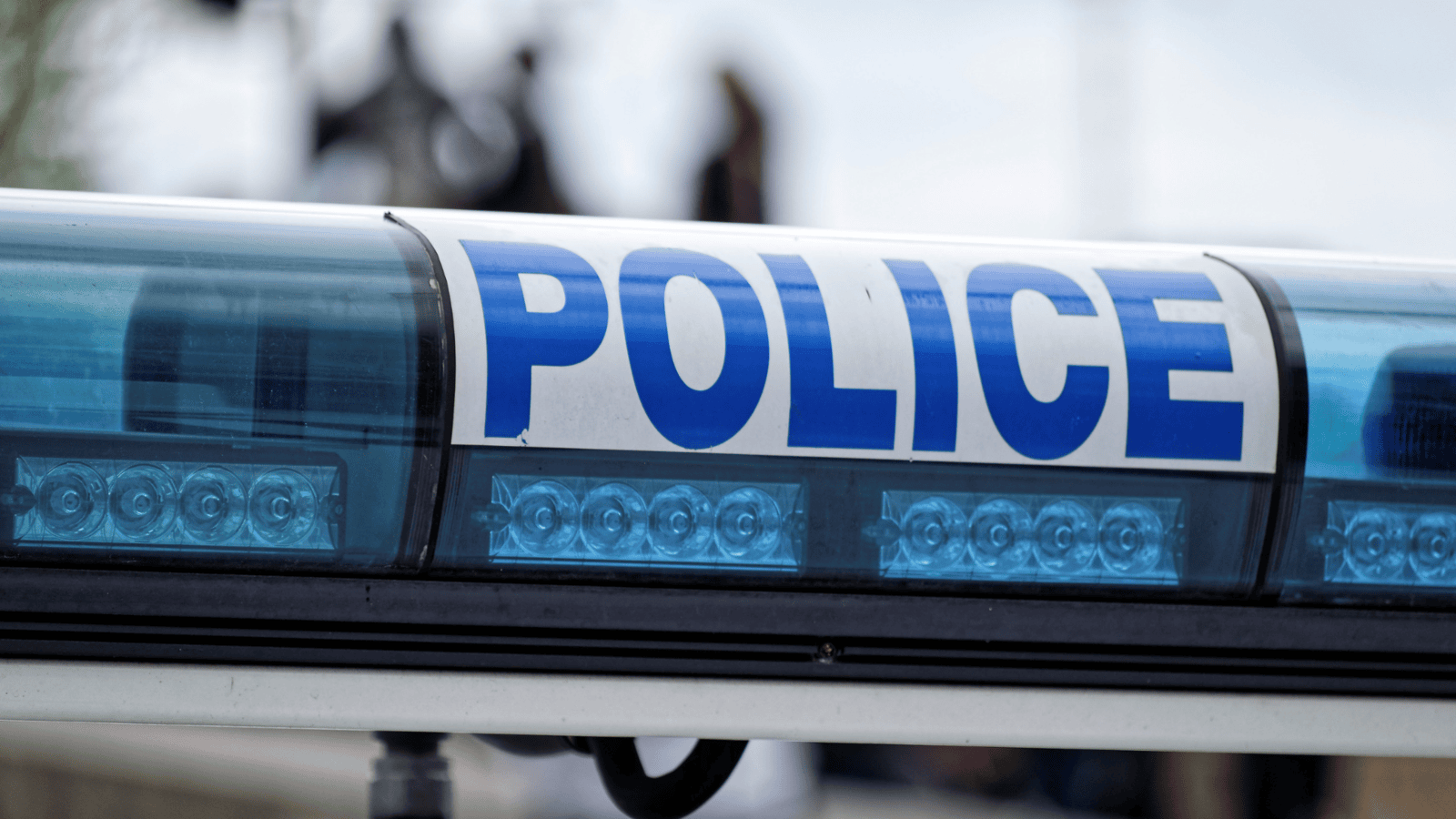The Sky's the Limit for Crimefighting

The Present: Eyes in the Sky
Welcome to the thrilling world of drone technology, where law enforcement agencies are taking their crime-fighting efforts to new heights—literally! Drones, those fascinating flying gadgets, are becoming indispensable tools for police forces around the globe. Let's explore how they are making a difference today.
Imagine a bustling city where crime never sleeps. Keeping law and order can be a daunting task. Traditional methods often fall short when it comes to monitoring vast areas, responding swiftly to incidents, and gathering crucial evidence. This is where drones step in, offering a bird's-eye view of the urban jungle.
Surveillance and Monitoring
Drones equipped with high-definition cameras and thermal imaging sensors are like having an all-seeing eye in the sky. They can hover silently, capturing real-time footage of crime scenes, protests, or large public gatherings. This immediate access to aerial views allows law enforcement to assess situations quickly and make informed decisions.
In addition to monitoring, drones can patrol areas that are difficult to reach or dangerous for officers. From rugged terrains to dense forests, these agile devices can cover more ground than a human ever could. This capability is crucial for search and rescue missions, locating missing persons, or tracking down fugitives.
Crime Scene Investigation
Gone are the days of laborious crime scene documentation. Drones can create detailed 3D maps of crime scenes, capturing every angle with precision. This technology not only speeds up investigations but also preserves the integrity of evidence. Detectives can revisit these digital reconstructions later, ensuring no detail is overlooked.
Traffic Management
Traffic accidents and congestion can be a nightmare for any city. Drones are proving to be invaluable in managing traffic incidents. They can quickly assess accident scenes, relay information to traffic control centers, and even guide emergency responders to the exact location. This efficiency not only saves time but also reduces the risk of secondary accidents caused by lingering traffic.
The Future: Beyond the Horizon
The potential of drone technology in law enforcement is boundless. As innovation continues to soar, let's take a peek into the future and see how drones will shape the way police forces operate.
Predictive Policing
With the integration of artificial intelligence (AI) and machine learning, drones could be equipped with predictive analytics. By analyzing patterns and data, they could anticipate criminal activities and alert law enforcement to potential hotspots. This proactive approach could revolutionize crime prevention, making our cities safer for everyone.
Advanced Communication
Drones of the future will be more than just flying cameras. They will serve as communication hubs, providing real-time data to officers on the ground. Think of them as flying command centers, capable of relaying live video feeds, thermal imaging, and even facial recognition data. This seamless flow of information will enhance situational awareness and enable law enforcement to respond swiftly and effectively.
Enhanced Public Safety
Drones can also play a vital role in disaster management. Equipped with sensors to detect hazardous materials, they can assess and monitor disaster zones, guiding rescue teams to safety. During natural disasters like hurricanes or earthquakes, drones can survey affected areas, locate survivors, and deliver essential supplies. Their ability to access hard-to-reach places can make a life-saving difference.
Challenges on the Horizon
As exciting as drone technology is, it's not without its challenges. Law enforcement agencies must navigate a few hurdles to fully harness the power of drones.
Privacy Concerns
One of the most significant challenges is balancing surveillance capabilities with privacy rights. The idea of drones constantly watching from above can raise concerns among the public. It's essential for law enforcement to establish clear guidelines and ensure transparency in their drone operations. Building trust with the community is paramount.
Regulatory Framework
The skies are not a free-for-all. Drones must operate within a strict regulatory framework to avoid airspace conflicts and ensure safety. Navigating these regulations can be complex, but it's crucial for maintaining order and preventing accidents. Collaboration with aviation authorities and continuous training for drone operators are key steps in this process.
Technical Limitations
While drones are impressive, they are not infallible. Battery life, weather conditions, and technical malfunctions can pose challenges. Law enforcement agencies must invest in robust maintenance programs and backup plans to ensure their drone fleets are always mission-ready.
Join the Flight!
The future of law enforcement is taking off.
Drones are more than just gadgets—they are the future of crime fighting. We help police, private security companies and law enforcement agencies make our cities safer, smarter, and more connected.
Are you ready to soar with us?

